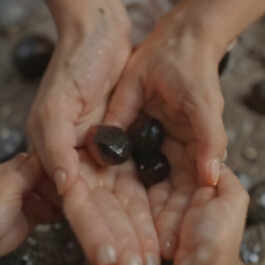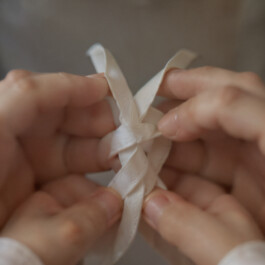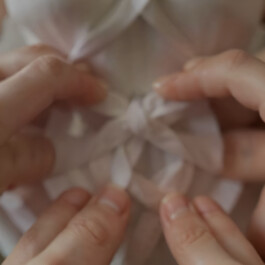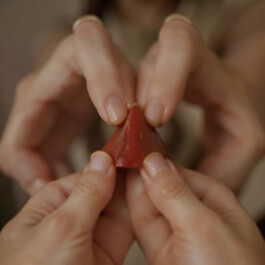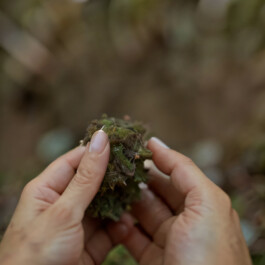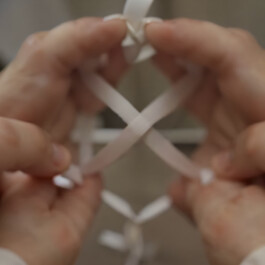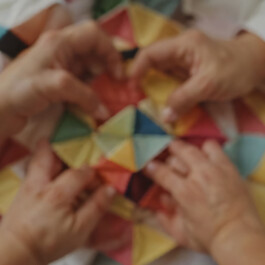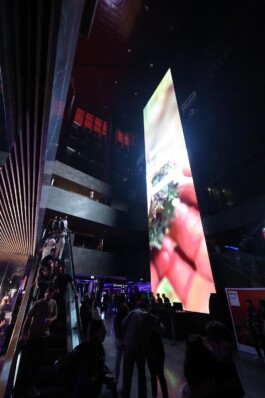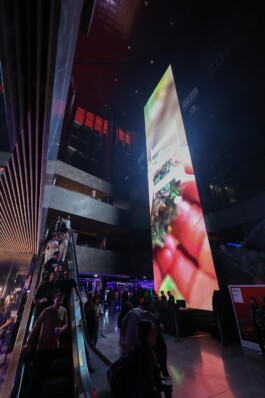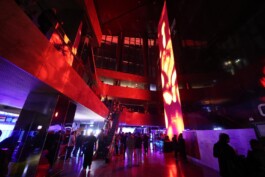Artificial Ocnophilia
The sanguine red, fluttering stenciled imprints of human hands on the caves of Leang Timpuseng in Indonesia marked the first known artwork ever created by humans some 39.000 years ago; these impressions recorded the aesthetic explorations of a group of anonymous artists preoccupied with their own ability to hunt, forge and create. The Greco-Roman physician and philosopher Galen of Pergamon (129-216 AD) suggested that it was the intelligence of humans, the only animals to be provided with hands, that granted them these vital prehensile instruments. “Facing towards one another, since each was made for the sake of the other”¹, hands were the fundamental tools with which humans would go on to generate manual and intellectual capital for thousands of years.
The artistic research Artificial Ocnophilia is a foray into the philosophical and technological implications of hands today, relying on multiple graphics processing units to render hypothetical pictorial representations of these famously difficult to depict organs and extract three dimensional, speculative derivations using two-dimensional data sets. Artificial Ocnophilia dissolves the familiar functions and movements of hands, instrumentalizing the originative and iterative nature of artificial intelligence in order to generate questionably human hands engaged in a series of communal but mysterious gestures in suggestively close proximity to one another, attempting to hold onto one another in a perpetual state of unknown.
¹Galen on the Usefulness of the Parts of the Body, tr. Margaret Tallmadge May, NY: Cornell University Press, 1968. p. 72.
For Sonar Istanbul April 27 2024 - Audiovisual performance in collaboration with Marco Pisano & Sinan Tınar
Photographer - Kemal Zırhlı - https://www.instagram.com/kemalzirhli/
Sonar Istanbul: https://www.instagram.com/sonaristanbul/
Zorlu PSM: https://www.instagram.com/zorlu_psm/
